A Landowner’s Guide to Public Rights of Way - Roles and Responsibilities
In this section
- 1. Introduction
- 2. Landowners’ Principal Responsibilities
- 3. Who is responsible for Stiles and Gates on Public Rights of Way?
- 4. Who is responsible for Bridges on Public Rights of Way?
- 5. What fencing is permitted near a Public Right of Way?
- 6. How Wide is a Public Right of Way?
- 7. Who should maintain the surface of a Public Right of Way?
- 8. Who should maintain hedgerows?
- 9. Can I plough and grow crops across a Public Rights of Way?
- 10. Can I change the Route of a Public Right of Way?
- 11. Can I remove a Public Right of Way from my land?
- 12. Can I challenge the accuracy of the Definitive Map and Statement?
- 13. Can I protect my land from the addition of more Public Rights of Way?
- 14. Contact Us
1. Introduction
Public Rights of Way (PRoW) are a part of the Public Highway Network and are protected in law. Landowners and County Councils have a shared responsibility to maintain the PRoW network as open, accessible, and safe for public use. The County Council also has a duty to assert and protect the public’s right to use and enjoy the PRoW network.
There are four types of Public Right of Way:
- Footpath - where the public have a Right of Way on foot only, with a mobility aid where appropriate.
- Bridleway - where the public have a Right of Way on foot, on a horse or bicycle.
- Restricted Byway - where the public have a Right of Way on foot, on a horse or bicycle and in non-mechanically propelled vehicles e.g. a horse and carriage.
- Byway - where the public have a Right of Way on foot, on a horse, a bicycle or in a vehicle - both horse drawn and motorised including motorcycles.
Dogs (under close control), pushchairs and prams are permitted on all types of PRoW, they are classed as usual accompaniments to a lawful PRoW user.
The Definitive Map and Statement is conclusive evidence of the existence of Public Rights of Way. These documents are held at the Countryside Access Offices and are available to view by appointment.
A digital map of Carmarthenshire’s PRoW network is available to view.
